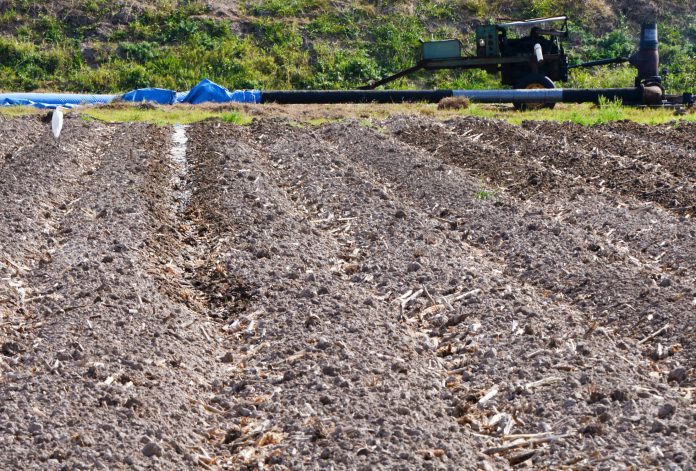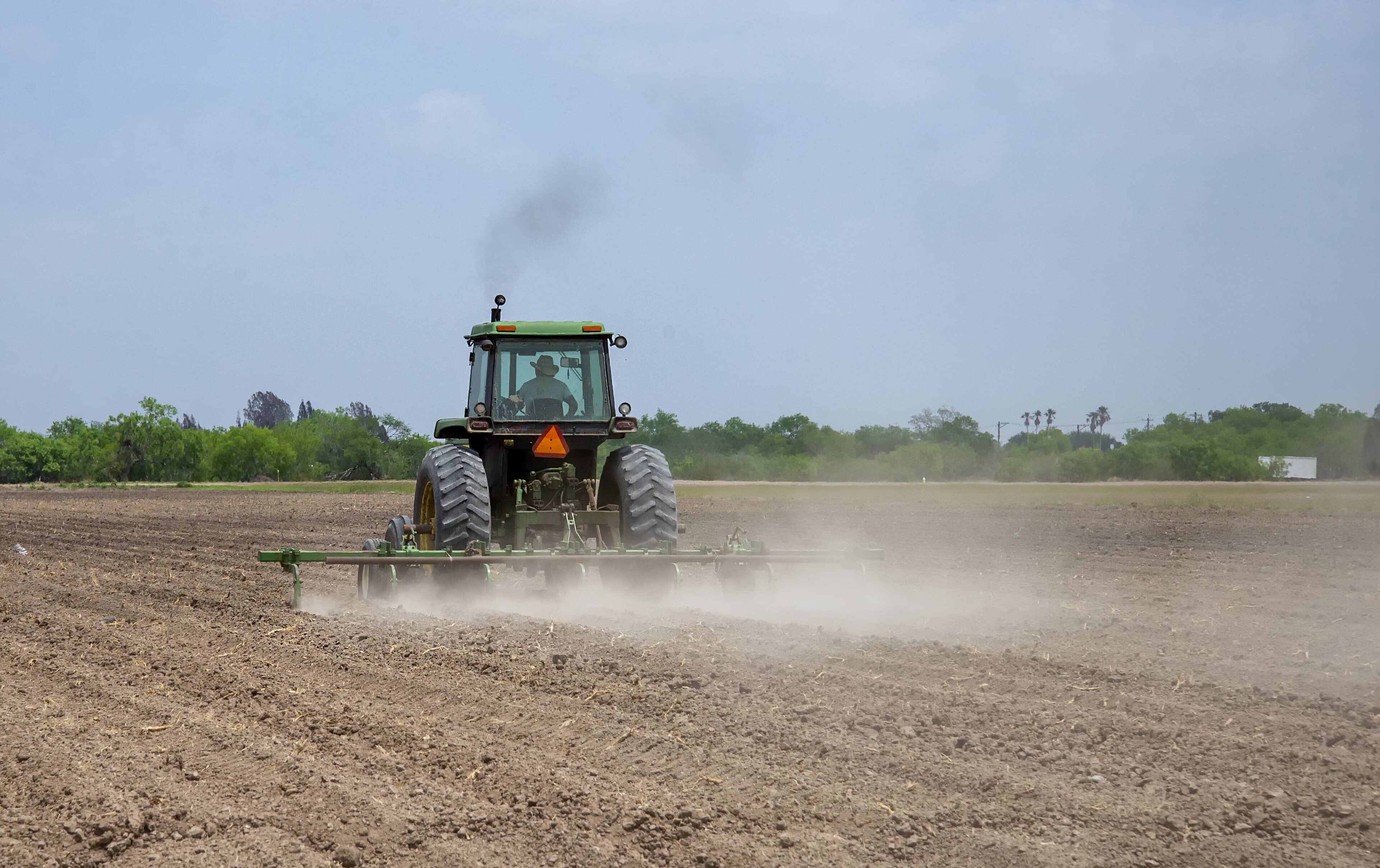
|
Only have a minute? Listen instead
Getting your Trinity Audio player ready...
|
San Benito area farmers might be close to running out of irrigation water, a scenario which could force the city to push water to utility customers as officials call on residents to cut down on usage or face fines, they said Thursday.
By April, Cameron County Irrigation District No. 2’s farmers could run out of irrigation water, Craig Harmon, the district’s general manager, said Thursday.
“Potentially, we’ll be out of irrigation water by April,” he said in an interview. “We may be in a push-water situation.”
In the San Benito area, some farming operations might not make through the season, Harmon said.
Across the Valley, the drop in irrigation water could have a $993.2 million impact on the economy, a Texas A&M study found, he said.
“We entered January with the lowest water levels for January in history,” Harmon said. “That’s key.”
Last week, Commissioner Maria Elena Giner, who oversees the International Boundary and Water Commission in El Paso, urged Valley leaders to enter the second phase of the state’s water conservation plan during a meeting in Mercedes.
Now at City Hall, officials are entering the plan’s second phase, calling on residents to cut down on water usage, warning violators face fines ranging from $50 to $200 per offense “or in extreme cases disconnection of water service,” officials said in a press release.
“The Valley needs to start implementing water conservation,” Mayor Rick Guerra said. “It’s so darn serious, the Valley has to work together. Just because you’ve got water rights doesn’t guarantee you get water.”

Under the water conservation plan’s second phase, officials are banning residents from watering between 10 a.m. and 6 p.m.
“All water running off yards, plants or other vegetation into gutters or streets is prohibited,” officials said in the press release. “Vehicle washing at home may be done between the hours of 6 p.m. to 9 p.m. with handheld hoses equipped with a shutoff nozzle or with a five-gallon bucket. The use of water to wash sidewalks, walkways, driveways or any building or structure is prohibited. The use of water for swimming pools, wading pools, Jacuzzi pools, hot tubs or similar items is prohibited except as necessary to maintain the structural integrity of the pool or tub.”
Based on the water conservation plan, state officials call on local governments to enter the second phase when combined water levels at Falcon and Amistad reservoirs fall below 25%, David Favila, the city’s spokesman, said.
As the region’s drought enters its third year, Falcon’s levels have fallen to 18.2% while Amistad has dropped to 24.8%.
Officials’ decision marks the second time the city has entered the water conservation plan’s second phase since 2022, Favila said.
In 2013, a long drought cut farmers off irrigation water, forcing cities to fund the cost of “pushing” water from the Rio Grande across the region’s mazes of resacas and canals to water plants.




